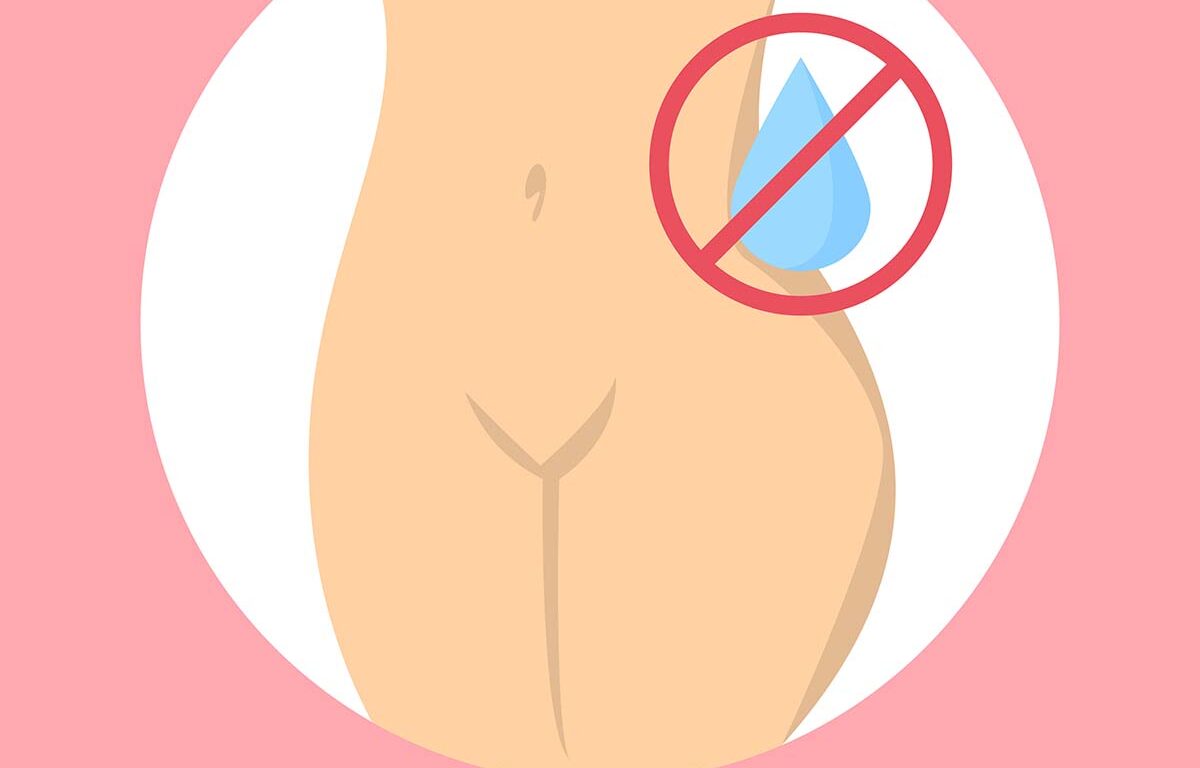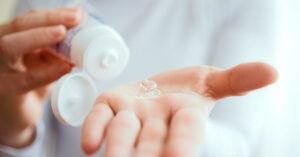Vaginal dryness after menopause is one of the most common and disruptive symptoms affecting women in the menopausal and postmenopausal stages. As estrogen levels decline, the vaginal tissues become thinner, less elastic, and less lubricated, often resulting in discomfort, pain during intercourse, itching, and even recurrent urinary tract infections. While hormonal therapies like estrogen creams have traditionally been the first line of treatment, many women are turning to non-hormonal, high-tech solutions, particularly energy-based devices, to reclaim their comfort and confidence.
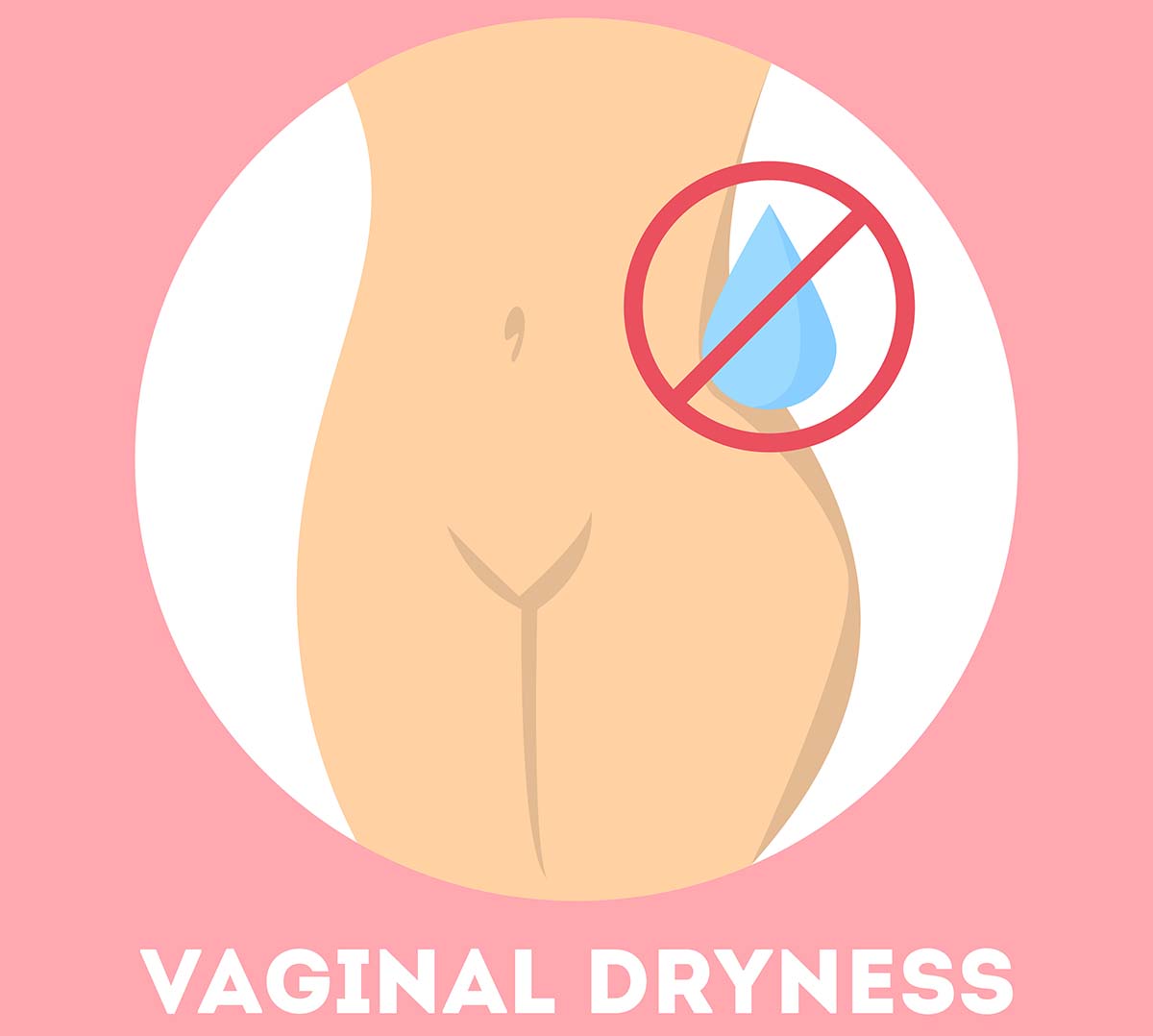
So, what exactly are these energy-based devices, and how do they help? This article dives into the science, benefits, and evolving landscape of these modern therapeutic tools.
Understanding Vaginal Dryness After Menopause
During menopause, the ovaries stop producing high levels of estrogen, a hormone crucial for maintaining vaginal health. Without sufficient estrogen:
- The vaginal lining thins and becomes fragile
- Natural lubrication decreases
- Blood flow to the vaginal area is reduced
- The pH balance shifts, increasing susceptibility to infection
This condition is often referred to as Genitourinary Syndrome of Menopause (GSM), affecting nearly 50% of postmenopausal women1. Unfortunately, many suffer in silence, often embarrassed to talk about their symptoms or concerned about the risks associated with hormone therapy.

In many cases, vaginal dryness in menopause is not isolated. Patients may also report menopause dry skin, skin thinning, and irritation in the vulvar region, leading many to wonder, “does menopause cause dry skin throughout the body?” The answer is yes, due to estrogen’s role in collagen and oil production. That’s why identifying the root causes of vaginal dryness is essential for choosing the right treatment.
Energy-Based Devices: A Non-Hormonal Breakthrough
Energy-based devices have emerged as a promising non-hormonal option for treating menopause vaginal dryness and other GSM symptoms. These devices use controlled forms of thermal energy to stimulate the body’s natural healing processes. While energy-based devices are relatively new compared to traditional hormone therapy, clinical studies and patient testimonials have been largely positive.
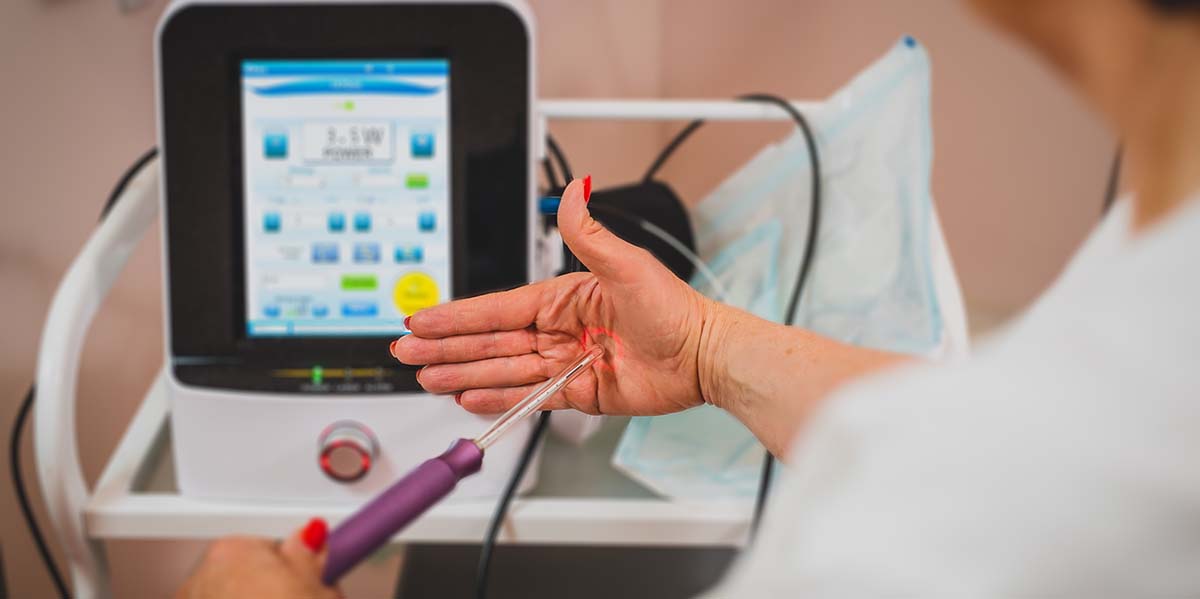
There are two main types of energy used:
1. CO₂ Laser Therapy
Fractional CO₂ lasers deliver controlled microthermal energy into the vaginal wall, stimulating a natural healing response that supports epithelial thickening, improved blood flow, and better moisture retention. Many patients notice improvements in vaginal lubrication, pH balance, and relief from menopause vaginal dryness symptoms after a series of 2–3 sessions.
2. Radiofrequency (RF) Therapy
RF devices use electromagnetic waves to gently heat the deeper layers of vaginal tissue, stimulating collagen and elastin production without disrupting the surface. This process can enhance tissue firmness, hydration, and elasticity. RF therapy is well tolerated, requires no downtime, and is often chosen by women seeking a comfortable, non-invasive approach to addressing vaginal dryness after menopause.
Both technologies have shown effectiveness in restoring vaginal tissue health by promoting collagen production, increasing blood flow, and improving tissue elasticity.
How Energy-Based Devices Help With Vaginal Dryness During Menopause
Below is a breakdown of the mechanisms and benefits of how these devices specifically help alleviate menopause and vaginal dryness.
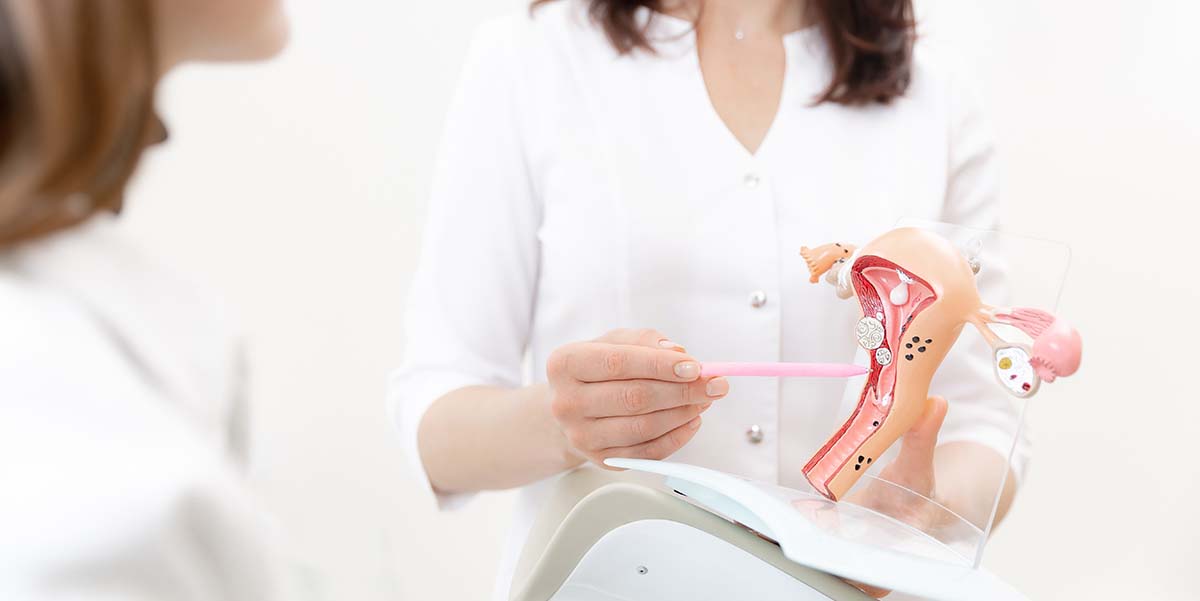
1. Stimulating Collagen and Elastin Production
One of the key effects of energy-based treatments is the stimulation of collagen and elastin, two essential proteins that help maintain the structure, hydration, and elasticity of tissues2,3.
- CO₂ lasers create tiny micro-injuries in the vaginal lining, which trigger the body’s natural healing response
- This leads to neocollagenesis, the formation of new collagen
- As a result, the vaginal lining thickens, strengthens, and becomes more supple
Similarly, radiofrequency devices use controlled heat to stimulate the deeper layers of tissue without ablating the surface. This promotes collagen remodeling over time.
2. Improved Blood Flow and Vascularization
Both laser and RF treatments enhance microcirculation in the vaginal tissues.
- Increased blood flow delivers more oxygen and nutrients to the cells
- This supports tissue regeneration and increases natural lubrication
- Improved vascularization also contributes to heightened sensitivity and comfort during intercourse
3. Restoring Moisture and pH Balance
As the tissue regenerates and thickens:
- Glands responsible for moisture production become more active
- Vaginal pH moves back toward a healthier, more acidic level
- This improves the vaginal microbiome and reduces the risk of infection or inflammation
Many women report noticeable increases in natural lubrication within just a few weeks of treatment, reducing or eliminating the need for external lubricants. These benefits are especially appealing to women dealing with dry vagina in menopause, and irritation that isn’t relieved by over-the-counter solutions.
4. Non-Invasive and Painless Procedure
A major advantage of energy-based devices is that treatments are minimally invasive and virtually painless.
- Sessions are typically short, lasting about 15 to 30 minutes
- No anesthesia or downtime is required
- Women can resume daily activities immediately
Most protocols recommend a series of 2–3 treatments spaced a few weeks apart, followed by annual maintenance sessions.
5. Long-Term Symptom Relief
Unlike topical treatments, which often need to be applied daily or before intercourse, energy-based therapies offer longer-lasting relief.
- Improvements in dryness, elasticity, and comfort can last up to 12–18 months
- Many women experience continued benefits even beyond a year with proper maintenance
This makes energy-based treatments a cost-effective and low-maintenance alternative to hormonal options.
Popular Energy-Based Devices on the Market
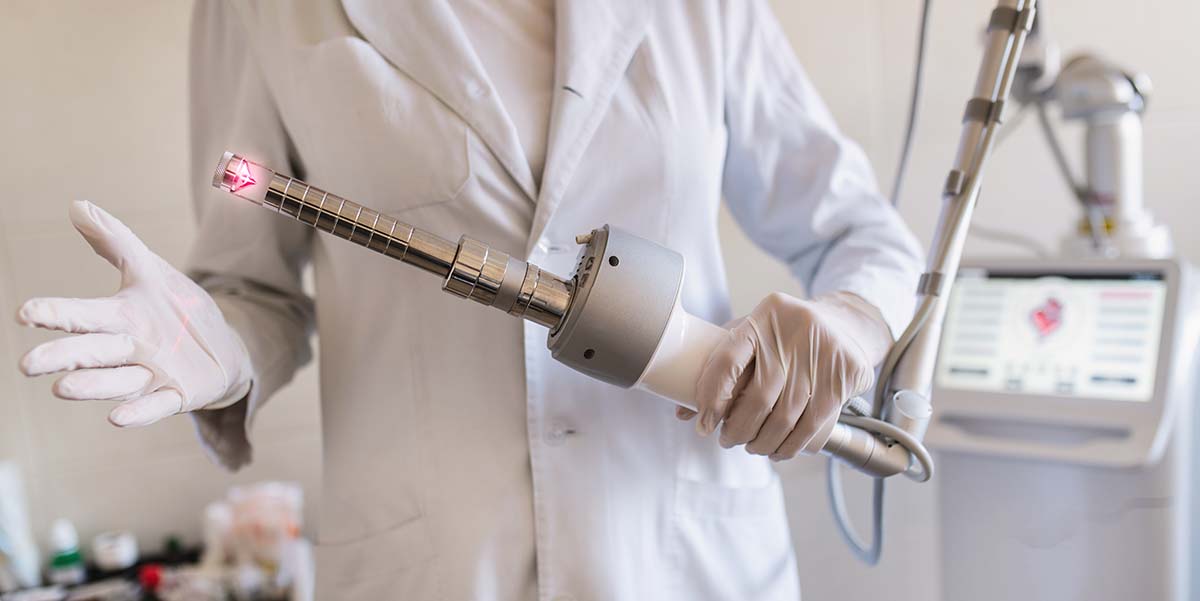
Several FDA-cleared and CE-marked devices are now widely used in gynecology and aesthetic medicine. These include:
- MonaLisa Touch® (CO₂ laser)
- FemTouch™ (CO₂ laser)
- ThermiVa® (Radiofrequency)
- Votiva® by InMode (RF)
- FemiLift® (CO₂ laser)
Although each device has slightly different features, they all aim to stimulate tissue repair and hydration without hormones or surgery. Emerging research also explores whether vaginal dryness may coexist with or be exacerbated by structural changes such as labial hypertrophy, particularly in postmenopausal women.
Are There Any Risks?
As with any medical procedure, there are potential risks associated with energy-based devices, although complications are rare. These may include:
- Temporary discomfort or redness
- Mild spotting
- Infection (extremely rare when hygiene protocols are followed)
Importantly, the FDA has cautioned against unsubstantiated marketing claims related to “vaginal rejuvenation” and recommends that devices be used under medical supervision. For best results and safety, treatments should be performed by a licensed gynecologist or trained medical professional who understands both the device and the anatomy.
Is It Right for You?
Energy-based vaginal treatments can be a compelling option if you:
- Are postmenopausal and experiencing menopause dryness or discomfort
- Prefer non-hormonal treatments due to medical history or personal choice
- Have not found relief with topical moisturizers or lubricants
- Are looking for long-lasting symptom relief with minimal downtime
Women who have had breast cancer or cannot take estrogen for medical reasons are often ideal candidates. However, a full evaluation with your OB-GYN or urogynecologist is necessary to rule out infections, prolapse, or other causes that may mimic the signs and symptoms of vaginal dryness after menopause.
The Modern Approach to Treating Vaginal Dryness After Menopause
Vaginal dryness after menopause is more than just an inconvenience — it can deeply affect your quality of life, intimacy, and self-esteem. While traditional treatments like hormone therapy and lubricants still have their place, energy-based devices offer a cutting-edge, non-hormonal solution that targets the root causes of menopause and vaginal dryness.
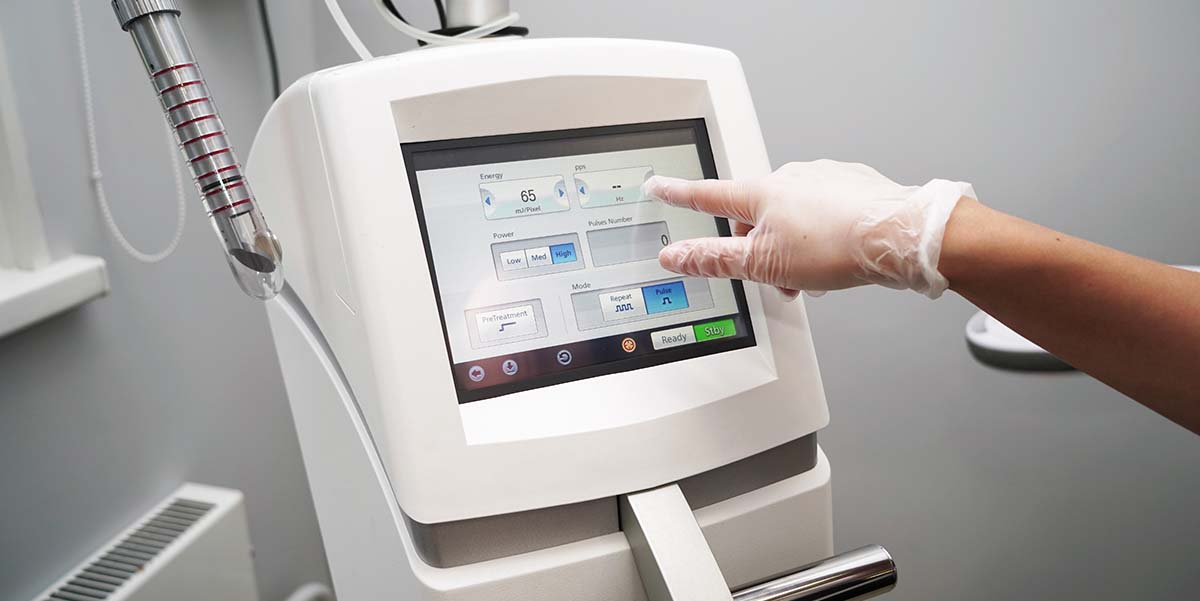
By stimulating collagen production, improving blood flow, and restoring tissue health, these technologies bring comfort and vitality back to an often-neglected part of postmenopausal well-being. As awareness grows and more women seek holistic, science-backed options, energy-based vaginal rejuvenation may become a mainstream solution, helping women thrive, not just survive, after menopause.
At our advanced vaginal rejuvenation clinic in New Jersey, we specialize in personalized, evidence-based care for women experiencing dryness, irritation, or intimate health changes related to menopause or hormonal shifts. From topical estrogen and hormone-free solutions to the O-Shot, Core Intima, and vaginal fat transfer and fillers, we offer a full spectrum of cutting-edge, non-surgical therapies to restore comfort, function, and confidence. Book your personal consultation today and take the first step toward lasting relief.
References
- The 2020 genitourinary syndrome of menopause position statement of The North American Menopause Society. Menopause 27(9):p 976-992, September 2020. | DOI: 10.1097/GME.0000000000001609
- Salinas Pena J, Tameish S, Guilarte Calzada C, Cavallé Busquets P. Efficacy of a Mixed Wavelength Laser for Vaginal Health in Postmenopausal Women: A Randomized Controlled Trial. Int J Womens Health. 2025 Mar 3;17:571-584. doi: 10.2147/IJWH.S486323. PMID: 40061287; PMCID: PMC11887494.
- Maia, R. R., Sarmento, A. C., Da Silva, R. M. V., De Morais Carreiro, E., Farias, S. L. Q., Soares, C. D., Meyer, P. F., & Gonçalves, A. K. (2022). Comparative effects of fractional radiofrequency and microneedling on the genitalia of postmenopausal women: Histological and clinical changes. Clinics, 77, 100117. https://doi.org/10.1016/j.clinsp.2022.100117

